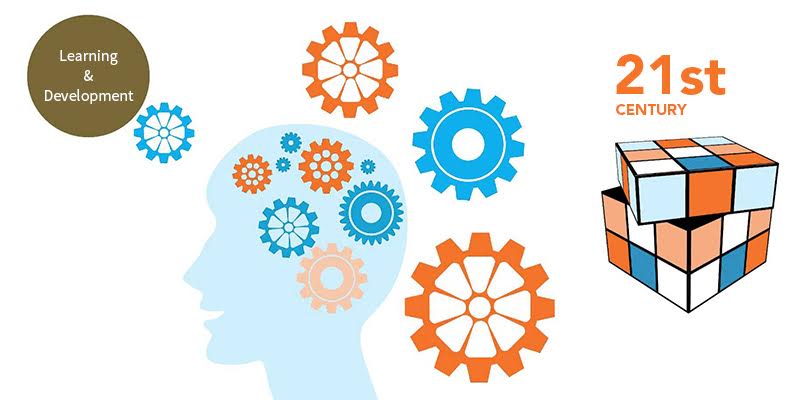
We joined a webinar today presented by Dani Johnson, Bersin by Deloitte’s VP of Learning & Development Research. Johnson underscored the concern about the L&D role of the future, beginning with the statement that L&D is “in crisis.”
Like many others, we have been concerned about it. We had written blog posts on the topic on how to align L&D to the business. Too many L&D folks are stuck in training mode.
As Johnson explained in the Continuous Learning Model, people learn through education, experience, exposure and environment. If we don’t provide learning in all those contexts, our people will get it elsewhere. Employees are taking their learning needs outside the enterprise, and many are paying for it.
We view that as a strong indicator of dissatisfaction and one of the drivers in the lack of engagement.

 The remedy is to change our thinking to an active role, where we enable all types of learning instead of creating courses, align ourselves with the business instead of merely fulfilling training requests, and take full advantage of the many ways people use technology to increase their knowledge.
The remedy is to change our thinking to an active role, where we enable all types of learning instead of creating courses, align ourselves with the business instead of merely fulfilling training requests, and take full advantage of the many ways people use technology to increase their knowledge.
We addressed the learning types in our articles about MOOCs, social learning, and learning trends, and much of our work is in strategic alignment. Today we would like to share our thoughts on some of the technology issues Johnson cited in her webinar.
Context engines are the future. Content no longer rules. What is important is the right information, in the right amount, and at the right time and place. Some things are best learned or reinforced in a social context. Other topics do better in an educational setting. Most learning is best acquired in a mix of several contexts. The technology now exists in LMS platforms to accomplish it.
Usability is not the same as learner experience. A pleasing e-learning interface is not enough. If learners are not drawn into the learning experience, they will quickly abandon it. We need to learn the lessons that marketing has been learning about user engagement over the past ten years. Just-in-time learning, mobile learning, and gamification help us to achieve a satisfying experience.,
Gamification in e-learning, if done well, it will energize the user experience. Gamification is not playing educational games. It is the use of game elements to help reinforce learning and enhance the experience by graphically displaying user progress and achievements.
Video is assumed. Recorded video is the universal medium of choice. YouTube has over 4 billion views per day, and much of it is “how-to” videos. People how expect video learning delivered to their mobile devices on demand.
WIFTO: Analytics. (What’s in it for the organization?) We no longer have to rely on user feedback and surveys to know if learning is effective. Instead of only measuring efficiency, we can measure the things that matter to buisness leaders. We can show how much sales training increased revenue. We can determine whether leadership and coaching interventions have an impact on employee turnover.
For learners, the use of analytics to track learning habits and preferences is driving both content and context. Learning developers are now able to use machine learning and analytics to shape the individual learning experience. At the leading edge of technology, learning programs can adapt the user path in a learning activity based on the user’s performance.
Consolidation: is the pendulum swinging away? Over the past ten years, there has been a trend toward consolidation of technology platforms into complete human capital suites and enterprise-wide platforms. More recently, startup companies have been leading rapid technologic change, and improvements in integration methods have made connections between applications available to non-technical users. Some analysts are predicting a swing back toward best of breed solutions, away from unified platforms that may not have the best software for every need.
Your Turn
What are you doing to meet today’s challenges in learning? Leave a comment below to tell us your success story or ask a question.
Reference:
Johnson, Dani. “The Role of Learning and Development in Competitive Organizations.” Bersin by Deloitte. February 4, 2016.
Phenomecloud is a full-service technology company dedicated to helping clients solve business problems, improve the capability of their people, and achieve better results.





Leave a Comment